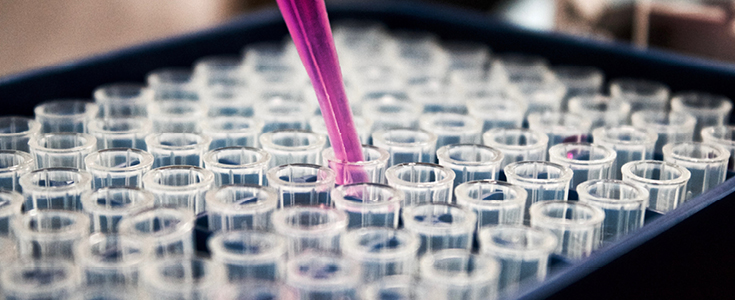Engineering IgG1-Fc for antigen recognition and improved stability
In collaboration with the group of Prof. Florian Rüker (BOKU, Vienna) and with the company F-star, novel artificial binding sites were engineered in the CH3 domains of human IgG1-Fc, resulting in the generation of so-called Fcabs (Fc antigen binding).
We obtained the first crystal structures of Fcabs in complex with their antigens. This figure shows the crystal structure of an Fcab-Her2 complex. Since an Fcab is usually a homodimeric protein with two identical antigen binding sites, one Fcab can potentially bind two target molecules, provided that there are no steric constraints. In this example, two extracellular domains of Her2 simultaneously interact with one Fcab molecule.
Moreover, we have developed a novel yeast display-based method for stability engineering of proteins. This experimental strategy was applied to improve the thermostability of human IgG1-Fc and of Fcabs, as well as for the construction of a “stability landscape” of the CH3 domain of human IgG1-Fc. That is, at each amino acid position in the CH3 domain the mutational tolerance was measured in a yeast display-based high throughput screen.

